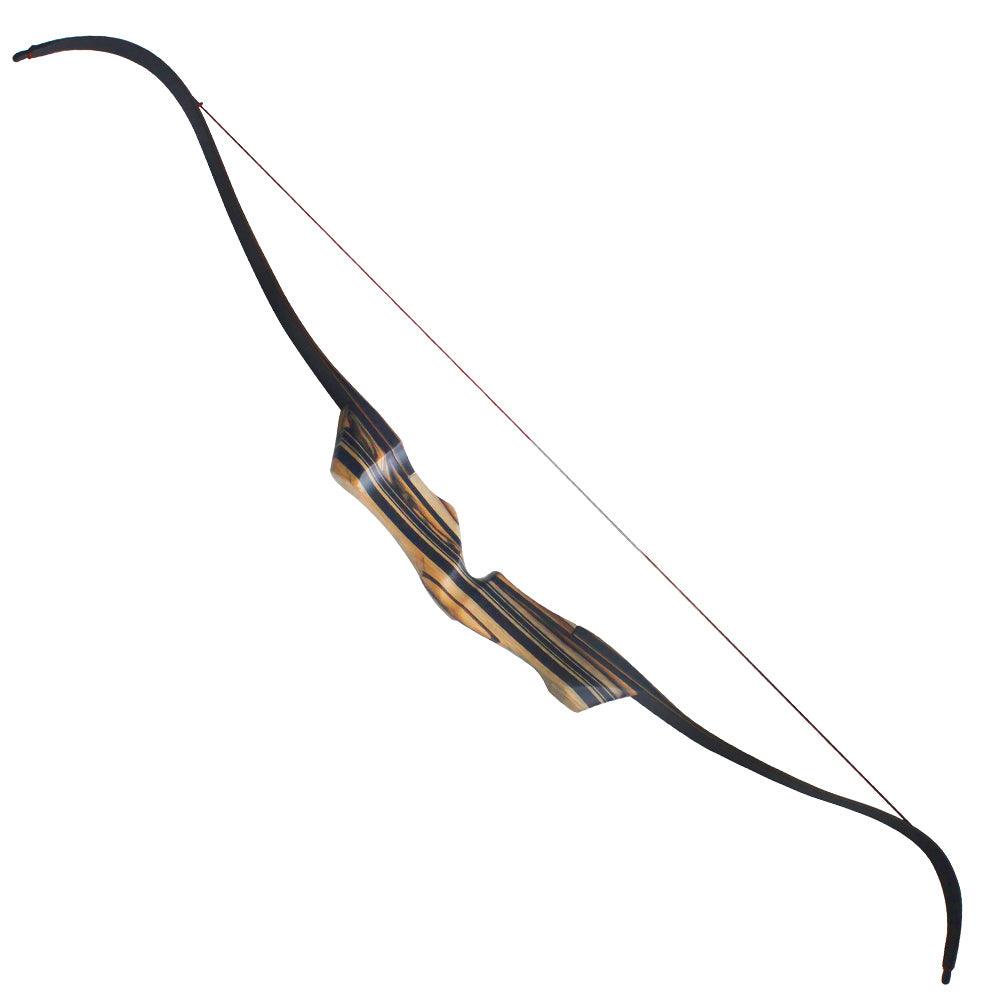Wood Archery Bows
When it comes to selecting the best wood for an archery bow, several factors need to be considered, including the wood's strength, flexibility, density, and availability. Different woods have different characteristics that can affect the bow's performance, durability, and overall shooting experience. In this response, I will discuss some of the commonly used woods for bow making and their respective qualities.

1. Yew (Taxus spp.): Yew has a long history of being used for bow making and is regarded as one of the best woods for this purpose. It possesses excellent strength, flexibility, and elasticity, making it ideal for creating powerful and efficient bows. Yew can be found in different species, with English yew (Taxus baccata) being highly sought after. However, yew is a slow-growing tree and can be expensive and difficult to source.
2. Osage Orange (Maclura pomifera): Osage orange, also known as bois d'arc or hedge apple, is another popular wood for bow making. It is known for its exceptional elasticity, durability, and high energy storage capabilities. Bows made from Osage orange have a fast cast and excellent performance. The wood has a bright orange color and can be relatively easy to work with. However, it can be challenging to find large, clear sections of Osage orange suitable for bow making.
3. Bamboo (Various species): Bamboo is often used in combination with other woods to create laminated bows. It is highly regarded for its strength-to-weight ratio, flexibility, and resilience. Bamboo adds stiffness and stability to the bow while providing excellent energy transfer during the shot. When used as a backing material, bamboo can increase the bow's durability and performance. Bamboo-backed bows are known for their speed and smoothness.
4. Hickory (Carya spp.): Hickory is a readily available wood and has been used for bow making for centuries. It is known for its strength, toughness, and durability. Hickory bows can be forgiving, allowing for ease of use and good accuracy. Hickory's natural flexibility and moderate weight make it suitable for both longbows and flatbows. It is often used in combination with other woods in laminated bow constructions.
5. Ash (Fraxinus spp.): Ash is a popular wood for bow making due to its strength, resilience, and good bending properties. It is known for its straight grain, which contributes to the bow's structural integrity. Ash bows can have a good balance between flexibility and stiffness, resulting in bows with decent cast and accuracy. White ash (Fraxinus americana) is commonly used, but other ash species can also be suitable for bow making.
6. Maple (Acer spp.): Maple is a versatile wood that is commonly used in laminated bow constructions. It offers good strength, stability, and a smooth draw. Maple-backed bows can have a consistent and predictable performance. Hard maples, such as rock maple (Acer saccharum), are preferred for their durability and stiffness. Soft maples, like silver maple (Acer saccharinum), are less common but can still be used for bow making.
It's important to note that the selection of wood for an archery bow depends on various factors, including the archer's skill level, shooting style, desired bow design, and personal preference. Additionally, the wood's quality, grain orientation, and proper bow design and construction techniques are crucial for ensuring a well-performing and safe bow. It is recommended to consult with an experienced bowyer or archery expert who can provide guidance and assistance in selecting the most suitable wood for your specific bow-making project.
